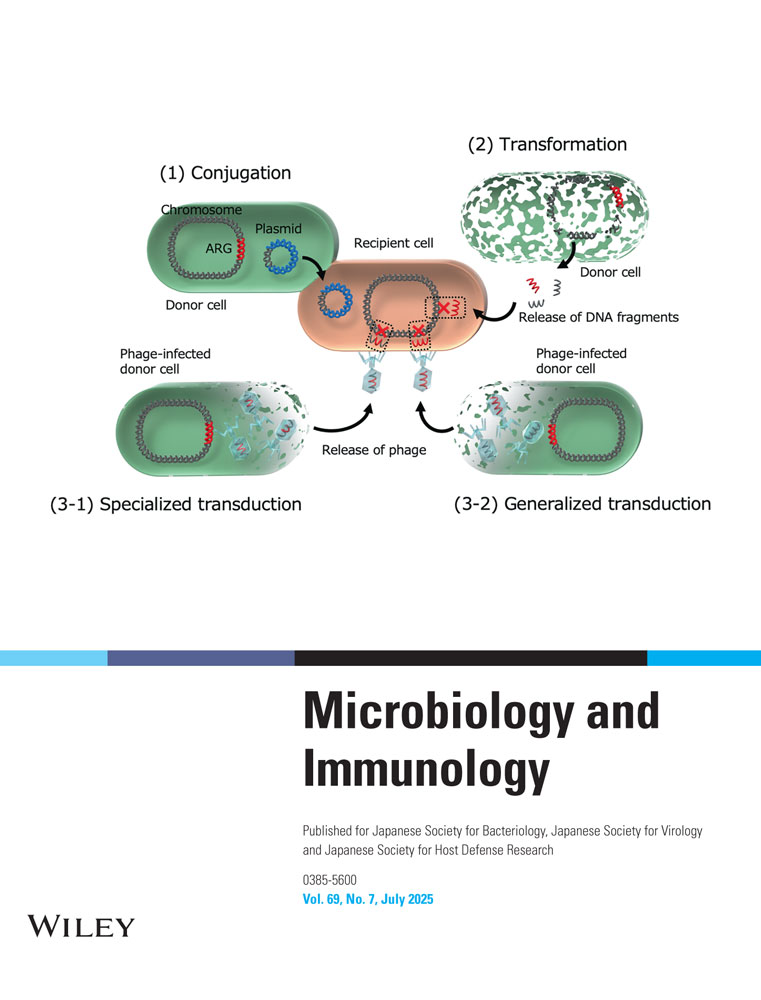Delayed-Type Hypersensitivity (DTH) in BCG-Sensitized Mice
I. Lack of Suppressor T Cell Activity on DTH to Sheep Red Blood Cells
Abstract
Mice pretreated with an intravenous (i.v.) injection of BCG (BCG-sensitized mice) and then immunized intravenously with a high dose (108–109) of sheep red blood cells (SRBC) 2 weeks later developed strong delayed-type hypersensitivity (DTH) to SRBC, as in mice pretreated with cyclophosphamide (CY) (CY-treated mice) and then immunized with SRBC 2 days later; normal mice given the same dose of SRBC did not show such DTH. The mechanism of this strong DTH to SRBC which developed in BCG-sensitized mice was studied, by comparing it with that in CY-treated mice. The transfer of either whole spleen cells or thymus cells, but not serum, obtained from mice immunized with i.v. injections of 109 SRBC 4 days previously (hyperimmune mice) did not suppress either the induction or the expression of DTH to SRBC in BCG-sensitized mice, but suppressed those in CY-treated mice. The suppressor cells were SRBC-specific T cells. Adoptive transfer of DTH to SRBC by spleen cells from either BCG-sensitized mice or CY-treated mice to hyperimmune recipients failed. The adoptive transfer of DTH from BCG-sensitized mice to normal recipients also failed if the spleen cells from hyperimmune mice were cotransferred. Whole body irradiation (600 rad) of mice 2 hr before or after the time of immunization with SRBC reduced significantly DTH to SRBC in both BCG-sensitized and CY-treated mice. It was noticed that the total number of spleen cells in BCG-sensitized mice was 3–4 times larger than that in CY-treated mice. From these results, we conclude that the entity of effector T cells of DTH to SRBC induced in BCG-sensitized mice and in CY-treated mice was not different in terms of susceptibility to suppressor T cells and irradiation, but that the total numbers of effector T cells generated in these mice differed remarkably, resulting in the above-described different responsiveness to suppressor T cells transferred passively.




